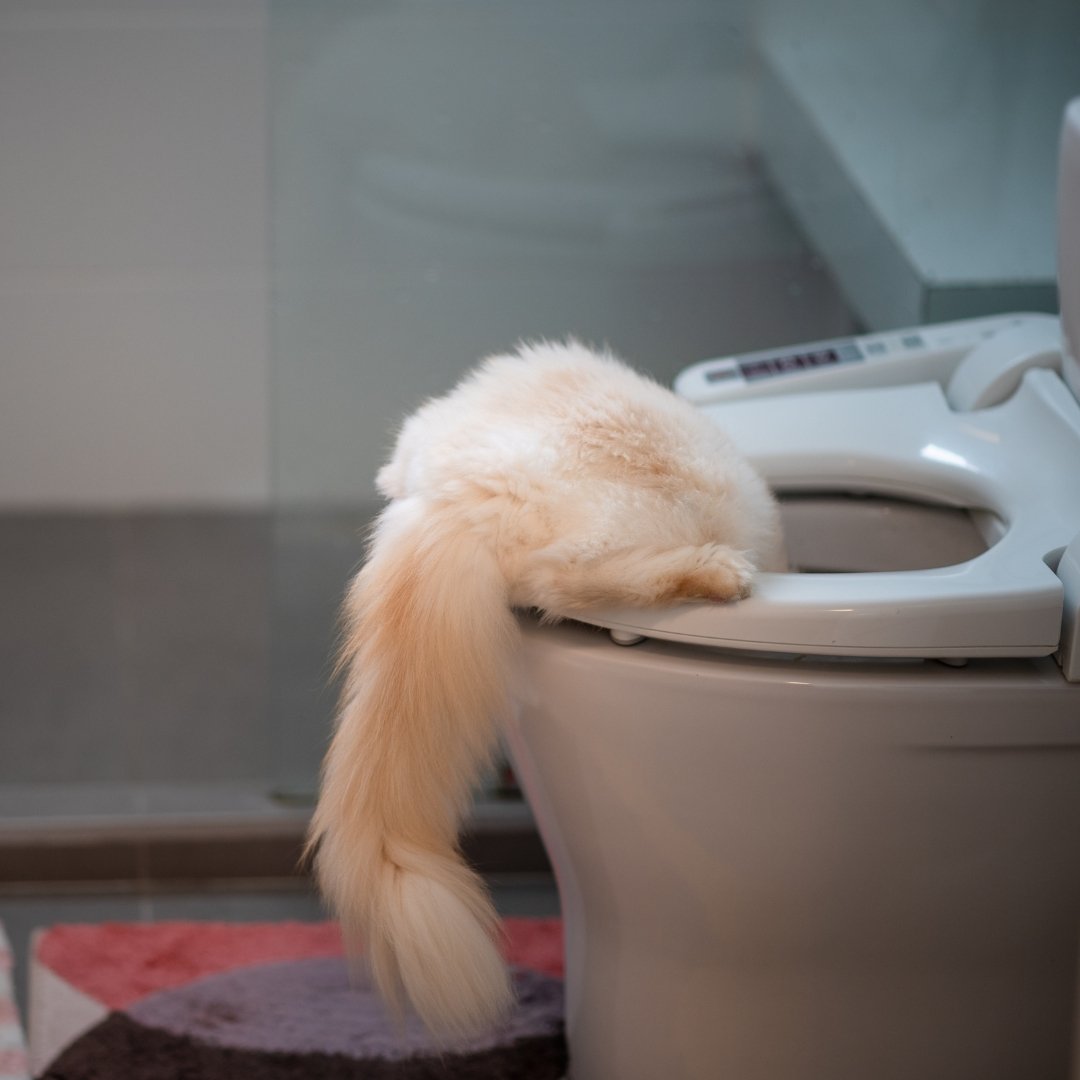This great article down below about How to Dispose of Cat Poop and Litter Without Plastic Bags is fairly motivating. You should take a look.

Intro
As cat proprietors, it's important to be mindful of just how we throw away our feline good friends' waste. While it may seem convenient to purge feline poop down the toilet, this method can have harmful consequences for both the atmosphere and human wellness.
Alternatives to Flushing
The good news is, there are much safer and much more accountable means to deal with feline poop. Think about the adhering to choices:
1. Scoop and Dispose in Trash
One of the most typical approach of taking care of cat poop is to scoop it into a biodegradable bag and toss it in the garbage. Be sure to use a devoted litter scoop and get rid of the waste promptly.
2. Usage Biodegradable Litter
Choose eco-friendly cat clutter made from products such as corn or wheat. These litters are environmentally friendly and can be securely disposed of in the trash.
3. Hide in the Yard
If you have a yard, think about hiding cat waste in an assigned location away from vegetable yards and water resources. Make certain to dig deep enough to prevent contamination of groundwater.
4. Set Up a Pet Waste Disposal System
Buy an animal garbage disposal system especially designed for feline waste. These systems utilize enzymes to break down the waste, lowering odor and environmental influence.
Health Risks
In addition to ecological problems, purging cat waste can likewise present wellness risks to humans. Feline feces may contain Toxoplasma gondii, a parasite that can trigger toxoplasmosis-- a potentially serious health problem, specifically for expectant women and individuals with weakened immune systems.
Environmental Impact
Flushing feline poop presents unsafe pathogens and parasites into the water supply, positioning a considerable danger to water environments. These impurities can adversely affect marine life and compromise water high quality.
Final thought
Accountable animal ownership extends past offering food and sanctuary-- it likewise entails proper waste administration. By avoiding flushing feline poop down the commode and choosing alternate disposal methods, we can decrease our environmental footprint and protect human health.
CAN I FLUSH MY CAT'S POOP DOWN THE TOILET?
Always avoid flushing cat poop down the drain because not only could it potentially contain harmful parasites called toxoplasmosis, the litter could sit in your line and lead to a clog.
Plenty of waste gets flushed down your toilet every day, so what harm could a little cat poop and cat litter do? The answer is a lot, which is why you never want to send it down your drains.
Can I Flush My Cat's Poop Down The Toilet?One of the biggest problems with flushing your cat’s presents is the harmful parasites in your feline’s stool called toxoplasmosis. Extremely dangerous for humans, especially pregnant women and people who are immunocompromised, these parasites can cause a multitude of problems for unborn babies and even cause death or miscarriage if the infection happens early. That’s why you should always avoid touching cat poop. Also, water systems are not equipped to handle toxoplasmosis and are unable to destroy the parasite before it’s sent back into the environment, potentially jeopardizing the health of local area wildlife, specifically marine life.
Flushing cat poop could also lead to a future drain clog. Try as you may to eliminate any litter from it, there will always still be some stuck on there – and even if it says flushable on the label, it’s not! Cat litter is made up of bentonite clay, which has the tendency to harden when wet, creating a thick, almost cement-like quality. Cat litter that ends up down the drain can expand from the moisture in the pipes and then harden, blocking any wastewater. If you have a septic tank or a cesspool, it cannot handle cat litter either, no matter what kind. If it solidifies in the tank, in any of the system’s major parts like the inlet baffle, it’ll create some expensive problems.
The best way to dispose of cat poop safely is to scoop it into a bag and throw it into the trash – and ways of dealing with the smell include adding baking soda and replacing the box more.
Now that we’ve explained the potential harm that flushing cat poop can cause to you and your drains, you might be wondering the best way of dealing with it. Unfortunately, it’s the old-fashioned way of scooping it into a bag and then placing it into a trash can. They also make pet-proof trash cans that lock in the smell, so that you don’t have to always immediately take it out. If you’re tired of smelling the litter box after even just one use from your feline, there’s things you can do to help combat that smell. Adding baking soda to the litter will reduce smells, but just don’t add too much or your cat will no longer want to use the box. You could also replace the box more frequently, at least once a year, as those smells can just seep inside the scratch marks. Lastly, try changing to a new litter formula – some are better with smells than others.

I found that entry about Can You Flush Cat Poop Down The Toilet? while browsing on the search engines. For those who enjoyed our article kindly remember to share it. Many thanks for your time invested reading it.
Course Detail